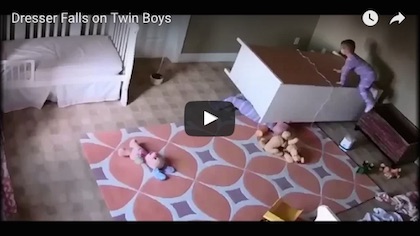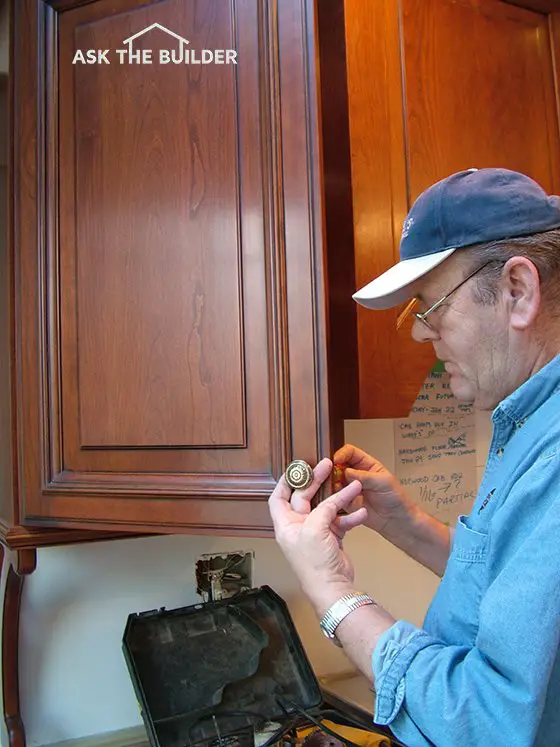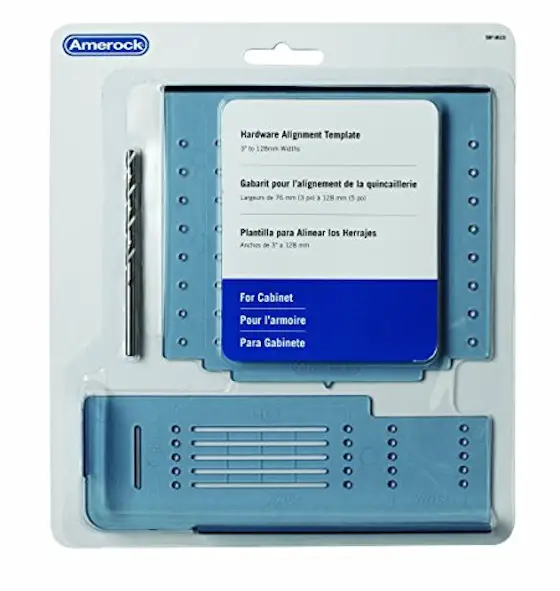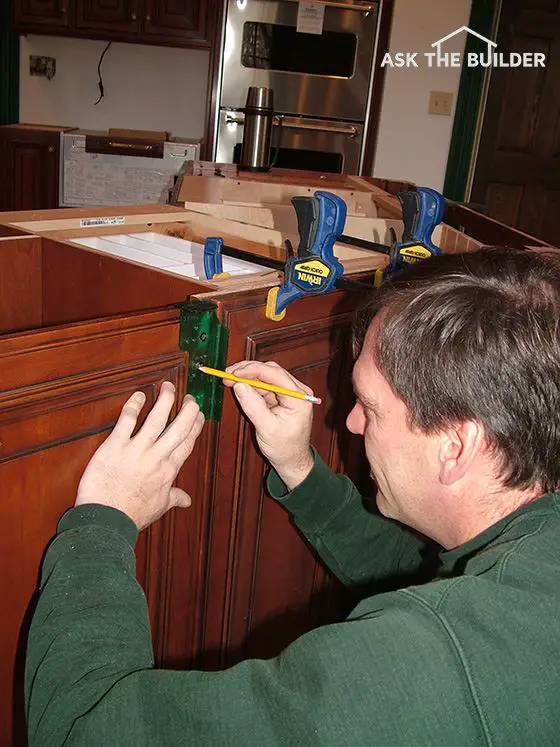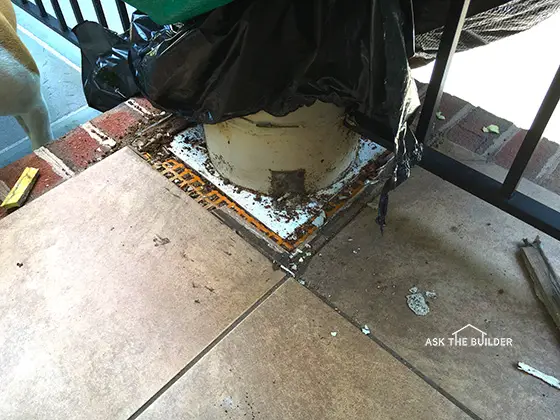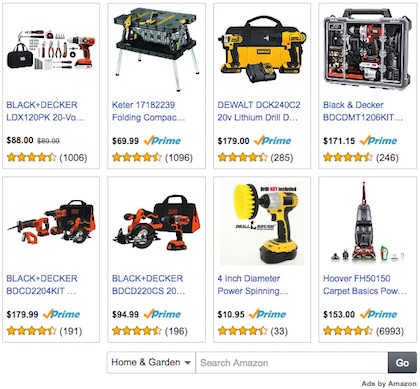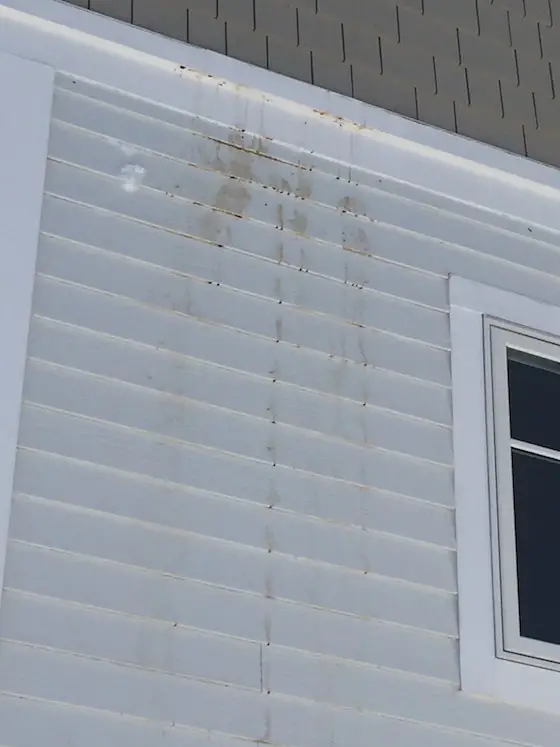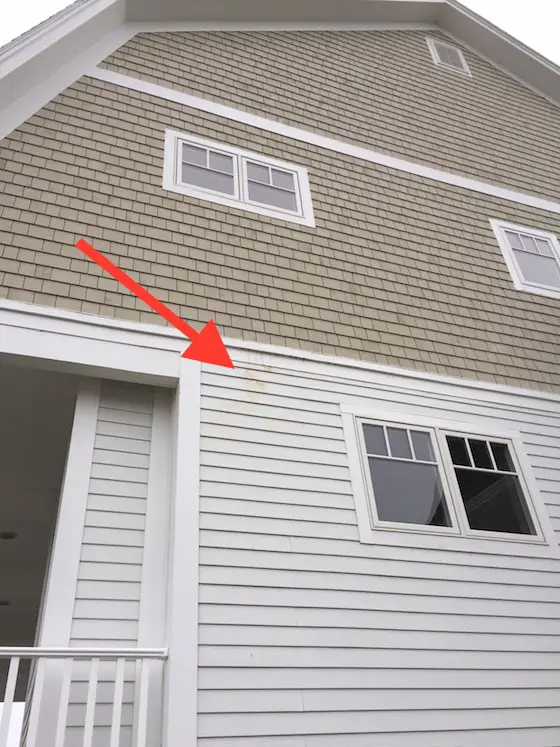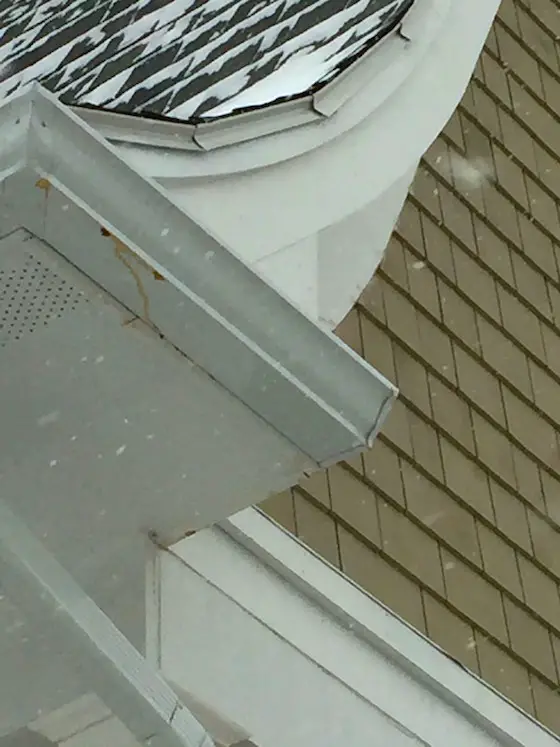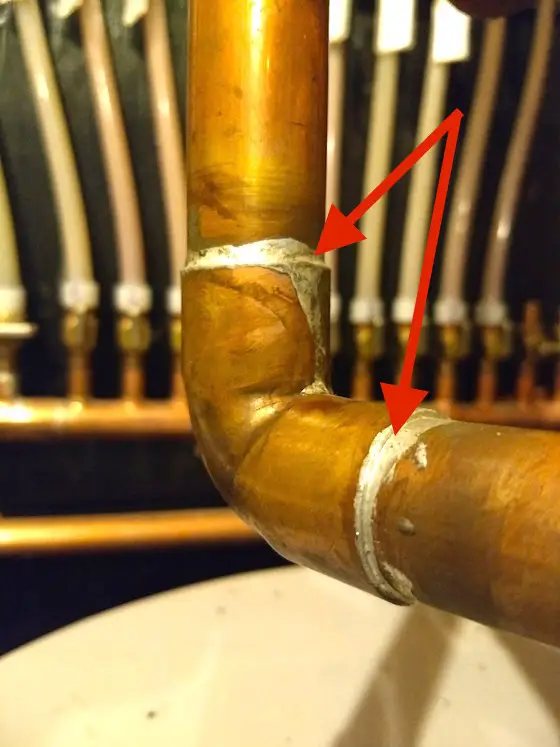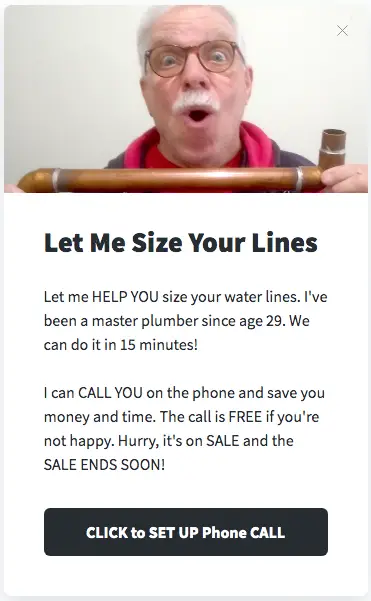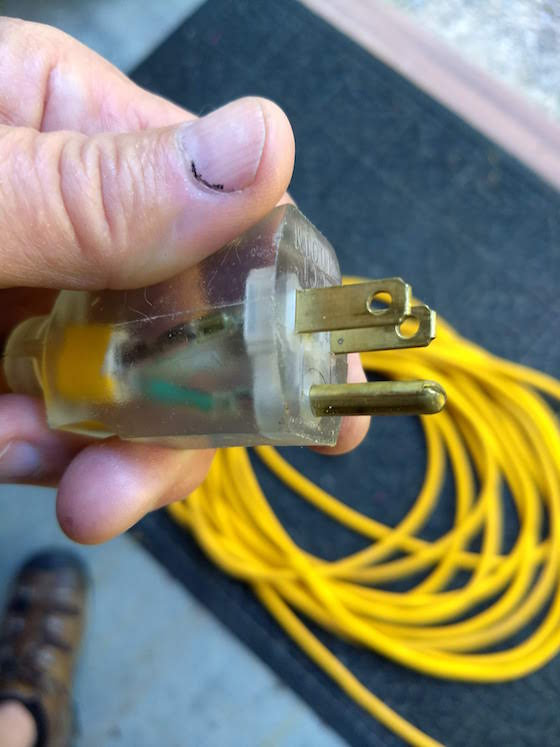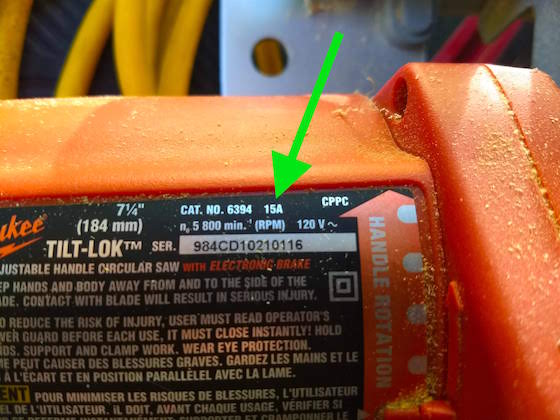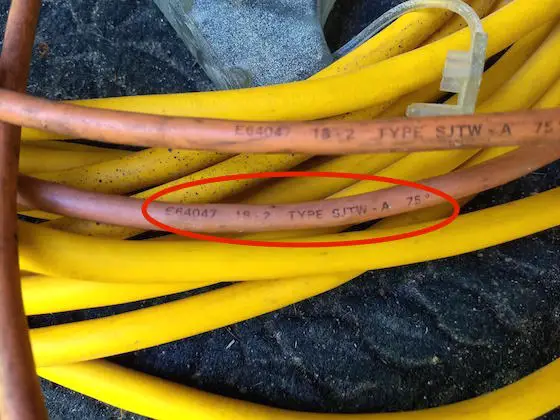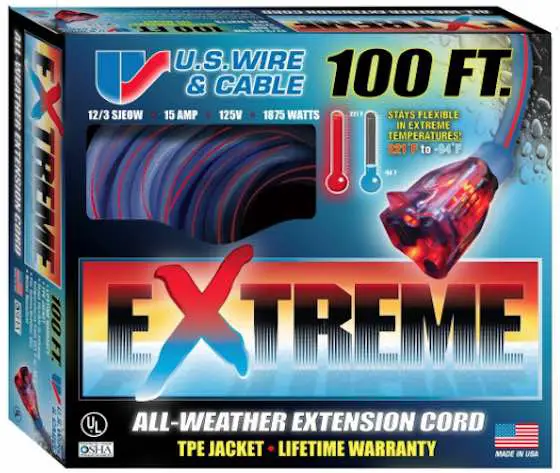
Tankless Water Heater | Inside this box is a tankless water heater. The other mystery is how long will it take for you to recapture the extra initial cost! © 2017 Tim Carter
Tankless Water Heater TIPS
- Money Savings NOT Guaranteed - SEE BELOW
- Tankless heaters are very expensive
- ROI takes many years
- Tankless heaters use more fuel
- CLICK HERE to subscribe to Tim's FREE & FUNNY Newsletter!
DEAR TIM: I wonder if a tankless water heater is the best thing for a new vacation home I am building in Michigan. Does a tankless hot water heater makes sense since the house will be vacant from November 1 to April 1 and occupied on a random basis the remainder of the time? For the seven months where we will be there from time to time, it seems that turning down a regular heater will waste energy. What would you install if this were your vacation home? Bob S., Amberley Village, OH
Author's Note: This is the second column I've written on this topic. I URGE YOU TO CLICK HERE and read my first column as well. It contains MUCH MORE information and several homeowner stories sent to me from people who have NOT SAVED MONEY using tankless water heaters. In fact, they spend MORE MONEY each month on fuel.
DEAR BOB: Each time I discuss tankless water heaters certain people get really hot. It is one of those topics that seems to polarize people, and I have come to realize that many consumers don't stop and ask all of the right questions before they get out their credit cards or checkbooks. It is impossible in this limited space to fully discuss the topic.
CLICK HERE to get FREE & FAST BIDS from local plumbers who can install water heaters.
To answer your questions, I am going to stick to some basic facts. I gathered them from my own utility bill, tankless water heater manufacturers and websites that sell additional installation parts. I also am adding a pinch of high-school math. Let's state as many facts as the space will allow, and then start a discussion.
Tankless Heaters Expensive!
A tankless water heater can cost up to three times a traditional storage-tank water heater. Some tankless water heaters that use natural gas or propane require expensive stainless-steel exhaust-venting pipes.
The gas lines feeding the heaters need to be larger than a traditional water heater. This is not a challenge in new work like yours, but can add considerable expense in an existing home where the fuel lines might need to be redone.
More Energy Efficient, But...
Tankless water heaters are more energy efficient than traditional storage-tank heaters. A traditional storage-tank water heater might be 60-percent efficient while a newer tankless heater often can produce efficiencies of 80 percent or slightly higher.
I studied a past utility bill and discovered I spent about $36.00 on hot water using a traditional storage-tank heater for a family of five that was sometimes taking two showers a day after sweating to death doing outdoor work and activities.
This means I spent $1.16 per day to heat and store my water. My winter hot-water costs could be expected to be slightly more, since the temperature of the incoming water is colder and must be heated longer to get to the desired temperature.
CLICK HERE to get FREE & FAST BIDS from local plumbers who can install water heaters.
We use our water heater every day. You will be using your water heater for maybe 40 - 50 days a year.
Let's do the math.
If I were to switch to a tankless heater today, I might save $7.00 per month on the efficiency differential and maybe an additional $2.00 per month on the amount of energy lost while the heated water sits in the tank. This means a tankless water heater could save me $108.00 per year. Let's go ahead and be even more aggressive and say $125.00 per year.
Installation Cost is HIGH
I did a calculation and discovered that if my existing water heater failed today and I replaced it with a tankless water heater sized for my family needs, I would have to spend an extra $1,550.00 to install the new tankless heater. Not only is the heater much more expensive than a standard storage-tank heater, I need to do all sorts of extra work installing a larger gas line and vent modifications to make the new heater work. This could easily cost an extra $1,000.
Many Years for ROI
Using the most basic math, it would take me nearly 12 and one-half years just to break even. Remember, if you have to spend extra money on anything to save money, the savings part of the equation does not kick in until such time as you get the extra money back plus any lost interest or investment equity you would have made had you not spent the extra money. I did not include lost-interest income in my payback example above. Had I, the payback period would have been longer.
IMPORTANT: The bottom line in your case is that the economics are far worse. It could take you 30 years or more to break even, since the tankless water heater would sit idle in your vacation home for so many days each year. Tankless water heaters must work very hard each and every day of the year for them to make economic sense for many people.
Vacation Mode
When your vacation house is shut down for the winter, you are going to drain the heater and plumbing lines in case the furnace fails. You use no energy in those months. When you do occupy the house, turn the heater off when you leave to go back to your primary home. Do not use the "Vacation" setback thermostat setting. When you arrive back at the vacation house for each visit, turn the heater back on as soon as you walk in the door. Within 90 minutes or less at least you will have lukewarm water.
Great Machines
Tankless water heaters are marvelous machines if you want an unlimited supply of hot water. They do a splendid job of that and can provide lots of hot water if there is not a drastic difference between the cooler incoming water and the outgoing hot water. If you have a heated-water temperature of 110F and the incoming water is 75F, then some tankless heaters can produce 8.5 gallons per minute of hot water. But if that same heater has incoming water of 45F like I do in January, then you can only get about 5 gallons of hot water per minute.
IMPORTANT TIP: Beware of buying a tankless water heater just to save money. I have received emails from people who spend more each month on both water and fuel. Some people end up using far more hot water than usual once they discover there is an endless supply. CLICK HERE to read some of the emails.
CLICK HERE to get FREE & FAST BIDS from plumbers in your city or town to install a tankless water heater.
Column 710

